Restoring CO2 to Safe Levels to Avoid Severe Climate Change Impacts
Excelsior’s Pathway in Tijuca Forest in Rio de Janeiro, Brazil. Photo by Halley Pacheco de Oliveira, used under Creative Commons Attribution-Share Alike license.
This is a review of chapter 2 from our book Geotherapy: Innovative Methods of Soil Fertility Restoration, Carbon Sequestration, and Reversing CO2 Increase. Available from CRC Press and Amazon.
We are the first generation to feel the effect of climate change and the last generation who can do something about it.
President Barack Obama
This is a review of Chapter 2, “Global biogeochemical restoration to stabilize CO2 at safe levels in time to avoid severe climate change impacts to Earth’s life support systems: Implications for the United Nations Framework Convention on Climate Change,” written by Dr. Thomas J. Goreau for the book Geotherapy: Innovative Methods to Soil Fertility Restoration, Carbon Sequestration, and Reversing CO2 Increase, published by CRC Press. (See book reviews on Amazon.)
Note: Click on illustrations to enlarge.
What Current Climate Models Miss
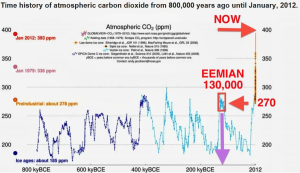
CO2 changes measured in Antarctic ice cores over the last 800,000 years. CO2 levels at the last interglacial, when the elevated sea level notches formed, were around 270 ppm, much less than the current value of 400ppm. After NASA
(http://www.youtube.com/watch?v=vA7tfz3k_9A&feature=player_embedded#at=203).
According to the latest measurement by NASA1, Carbon dioxide (CO2) levels for the first time on record that CO2 are above 400 ppm globally for more than a month. To many of us, it may not be clear what that means, but one simple illustration of the significance of this fact is that if global atmospheric CO2 remains above this level, all the ice on the earth, including continental ice caps and mountain glaciers, will eventually melt.2
The major greenhouse gas, atmospheric CO2 largely came from fossil fuel combustion and soil carbon loss. It not only causes global warming, but also affects rainfall patterns and results indirectly in the increase of sea levels. Unfortunately, due to the complexity of environmental feedbacks involved and the short-term horizons in politics, the long-term impacts of climate change are largely missed from almost all current climate prediction models.
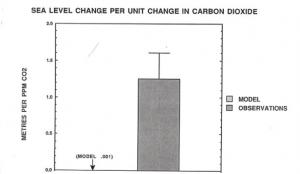
Chart comparing the IPCC model projections (left) of sea level change per unit change in carbon dioxide to NASA’s actual measurements (right). The IPCC projects are too low by a factor of 1,000.
For example, based on the long-term data in Antarctic ice cores, deep-sea sediments, and corals, a more accurate prediction has been made for the long-term sensitivity of temperature and sea level to CO2. This revealed that the sea level is actually more than 1000 times more sensitive to CO2 compared to the IPCC model projections (see Figure 2).3 On the other hand, nowadays almost all discussions of CO2 stabilization focus only on emissions reduction, while the solution to the other half of the global problem—removing excess CO2—is still missing.
Dr. Goreau: Advocate for Soil as a Carbon Sink
Above was a glance of the current status of global climate change discussed in Chapter 2 of the book Geotherapy. Published in 2014, it caught broad attention within a short time. CHOICE magazine reviewed it as “a timely book that describes methods for soil fertility restoration and carbon sequestration in a manner accessible to general readers.” As the first data-involved chapter of the book, Chapter 2 focuses on CO2, the primary greenhouse gas, which sets up a solid foundation for the book’s later discussions of climate and also makes clear the urgent need for a combination of effective strategies to avert more damage to the global environment and economy. With a brief but detailed introduction, Chapter 2 reviews CO2 as a planetary currency (such as in carbon trading), its global cycle, its long-term impacts and safe level, as well as the dynamic time scales of carbon cycle response.
The author of the chapter and main editor of the book, Dr. Thomas J. Goreau is a biogeochemist and marine biologist, following in the footsteps of his father, marine biologist Thomas F. Goreau. Dr. Goreau’s initial research was on coral reefs, and he continues to study the impact of global climate change. As senior Scientific Affairs Officer at the United Nations Centre for Science and Technology for Development, and leader of several non-profit organizations such as Global Coral Reef Alliance, Dr. Goreau used his experience to scrutinize current climate policy, and provided a refreshing perspective as both scientist and policy maker.
He has suggested that the cost of tree planting and reforestation should be considered to complement the fossil fuel carbon tax, which would solve the CO2 pollution problem at lesser cost. Soil4Climate, of which Dr. Goreau is a board member, “advocates for soil restoration as a climate solution. [They] promote regenerative land management practices to capture atmospheric carbon and encourage collaboration with the larger body of climate activism. Uniting ‘drawdown’ strategies with emissions reduction, divestment from fossil fuels, a price on carbon, and climate justice advocacy, together creates a powerful alliance.”
In addition to critically reviewing the limitations of current climate prediction models and policies, Dr. Goreau has also incorporated data collected from his own studies in this chapter. Not only focusing on the source reductions, but also practically increasing carbon sinks through photosynthesis and soil fertility, we can hopefully stabilize CO2 at safe levels within the minimum possible time.
Geotherapy vs. Geoengineering
Geotherapy and Geoengineering are two options to store excess CO2. However, although geoengineering has captured all the attention and press, current artificial methods of geoengineering are usually costly and relatively inefficient, and may cause the opposite of the intended effect. For example, the approaches that propose to fertilize oceans to take up CO2, could end up turning it into a dead zone and even kill coral reefs, the most nutrient-sensitive ecosystem.5 In contrast, geotherapy aims to enhance natural sinks and storage of CO2, which is a more practical solution to the problem.
Increasing Soil Sequestration Capacity
Despite the many suggestions that the ocean absorbs CO2, research surprisingly showed that the ocean is actually a net source instead of a sink of atmospheric CO2, which leaves the land as the only feasible option. Thus the second half of this chapter discusses practical approaches to increase soil carbon sequestration capacity. Figure 4 shows the vast opportunities to increase soil carbon everywhere, including in soil organic matter, living roots, and other living biomass, fungi, and biochar. By reforesting in multiple areas (especially tropical lands), building up soil biomass, remineralizing the earth to increase productivity, as well as restoring ecosystems with mature technologies, the soil could quickly and affordably store carbon in time to avert some severe consequences of global climate change. Actually, amazing benefits have been observed in the areas that have applied this transformation from barren soil to forests. One such area is the Tijuca Forest, which had been destroyed but was successfully restored to its biogeochemical function in terms of CO2 cycling. As a result, the water supply to Rio de Janeiro completely recovered.6
In November 2015, the 2015 United Nations Climate Change Conference, COP21 was held in Paris. Representatives of 195 countries negotiated the Paris Agreement to deal with greenhouse gas emissions mitigation, adaptation, and finance starting in the year 2020. It is one of the signs of hope that a comprehensive set of actions to restrain global warming is world-widely collected. However, to achieve the book’s stated goal of “long-term survival in an acceptably maintained ecosystem,” there is still a long way to go: so far, only 22 Parties ratified the agreement representing 1% of global emissions. However, only when at least 55 Parties to the United Nations Framework Convention on Climate Change (UNFCCC) representing at least 55 percent of total global greenhouse gas emissions sign on and indicate their consent to be bound will the agreement “enter into force.” Moreover, although the agreement emphasizes the importance of restoration of the ecosystem, it is still far from adequate.
The motivation of the book is to communicate the principles of geotherapy to a broader audience and generate sound proposals to turn the UNFCCC into an effective tool. It is important for the climate community and the general public to understand that sustaining healthy agricultural soils and forests is a key strategy for stabilizing the climate.
Shu Li is a Plant Biology Ph.D. student at Pennsylvania State University. Her dissertation research specializes on the reproductive barrier mechanism in flowering plants termed as self-incompatibility, from which she has developed an interest in the genetics of reproduction and speciation. Besides basic research, Shu is also passionate about science communication and science writing. Currently, she is serving as editorial board member for several journals and involved in many outreach activities as a member of GWIS (Graduate Women in Science). In her spare time, she enjoys running, reading, and working on her first novel.
References
[1] http://climate.nasa.gov/vital-signs/carbon-dioxide/[2] Page 19. Ballantyne, A. P., D. R. Greenwood, J. S. Sinninghe-Damste, A. Z. Csank, J. J. Eberle, and N. Rybczynski, 2010, Significantly warmer Arctic temperatures during the Pliocene indicated by multiple independent proxies, Geology, 38:603–606.
[3] Page 13, Table 2.1
[4] Page 16, Figure 2.8. Rohling, E. J., K. Grant, C. Hemleben, M. Siddall, B. A. A. Hoogakker, M. Bolshaw, and M. Kucera, 2008, High rates of sea level rise during the last Interglacial period, Nature Geoscience, 1:38–42, doi:10.1038/ngeo.2007.28.
[5] Page 28 de Georges, A., T. J. Goreau, and B. Reilly, 2010, Land-sourced pollution with an emphasis on domestic sewage: Lessons from the Caribbean and implications for coastal development on Indian Ocean and Pacific Coral Reefs, Sustainability, 2:2919–2949.
[6] Page 36, Figure 2.20
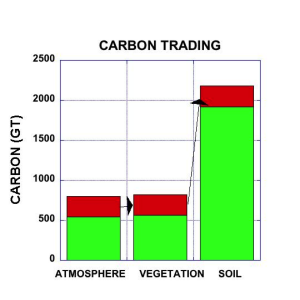
Carbon contents of atmosphere, vegetation, and soil, showing transfer of the anthropogenic excess, shown in red. In the left column green represents the preindustrial CO2 level, the current value is the green plus red column. To get transfer of all the excess to the current biosphere (green, middle column) would be an equally large increase, but if that is transferred to the current soil carbon (green, right column) the proportional increase is small. Soil carbon estimates to a depth of 2.3 meters are based on Shangguang et al., 2014. Note that this is an underestimate because it does not include carbon in deeper soil horizons. Also note that wetland carbon and marine mangrove and seagrass carbon may also be equivalent in magnitude to soil, but current estimates are too poor to show.
Support us on Patreon
Thank you for joining us today! Please become a member of RTE and support us on Patreon. Unlike many larger organizations, we work with a team of determined and passionate volunteers to get our message out. We aim to continue to increase the awareness of remineralization to initiate projects across the globe that remineralize soils, grow nutrient dense food, regenerate our forests’ and stabilize the climate – with your help! If you can, please support us on a monthly basis from just $2, rest assured that you are making a big impact every single month in support of our mission. Thank you!

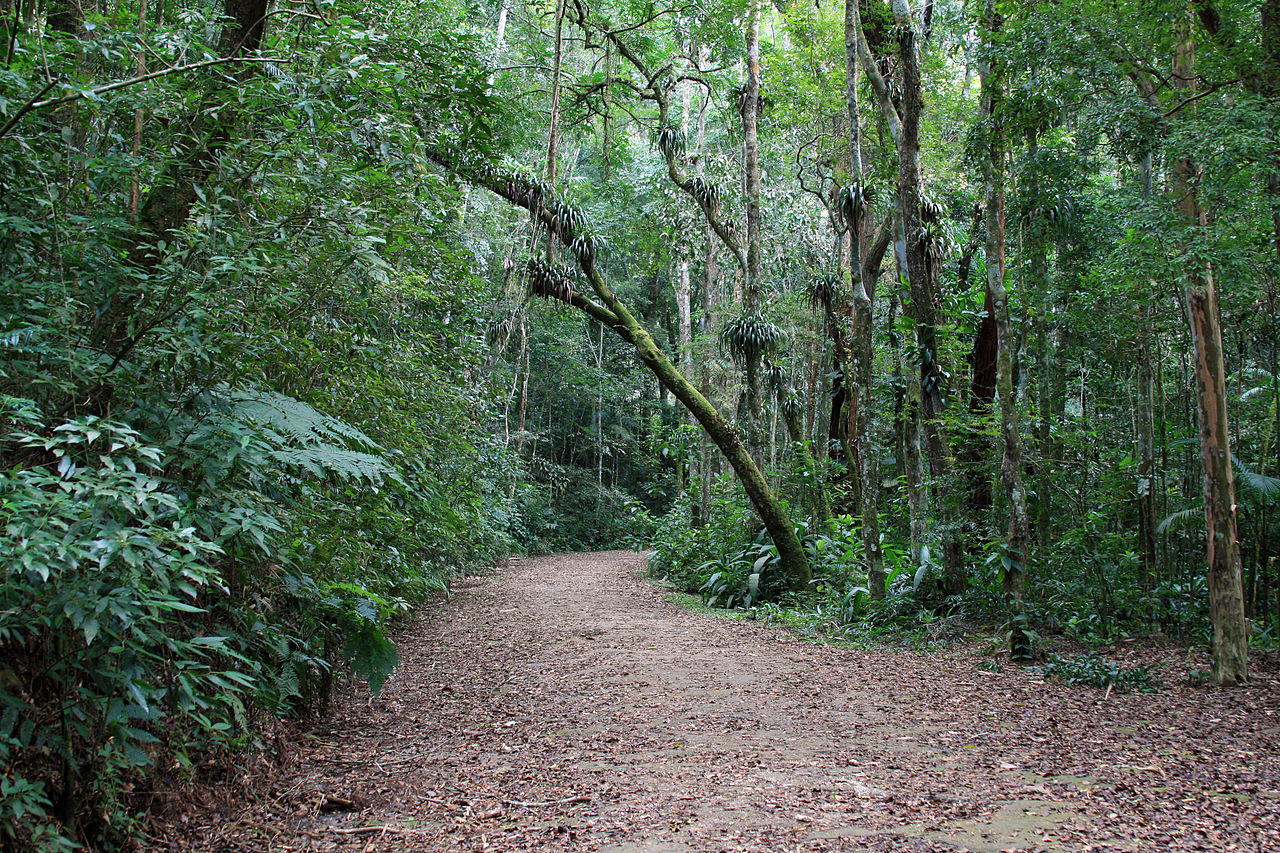
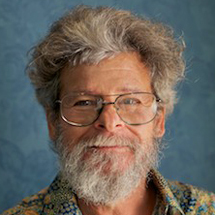
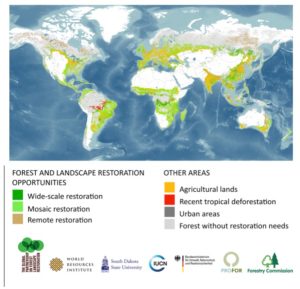
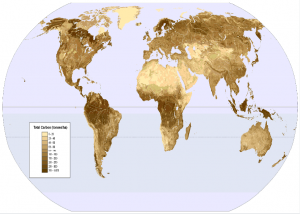
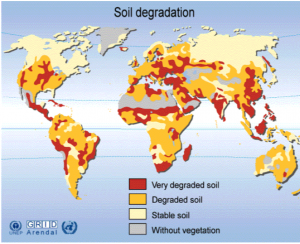
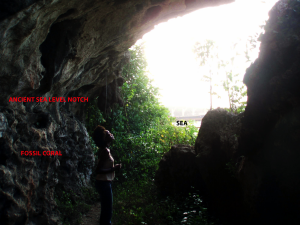






Got something to say?